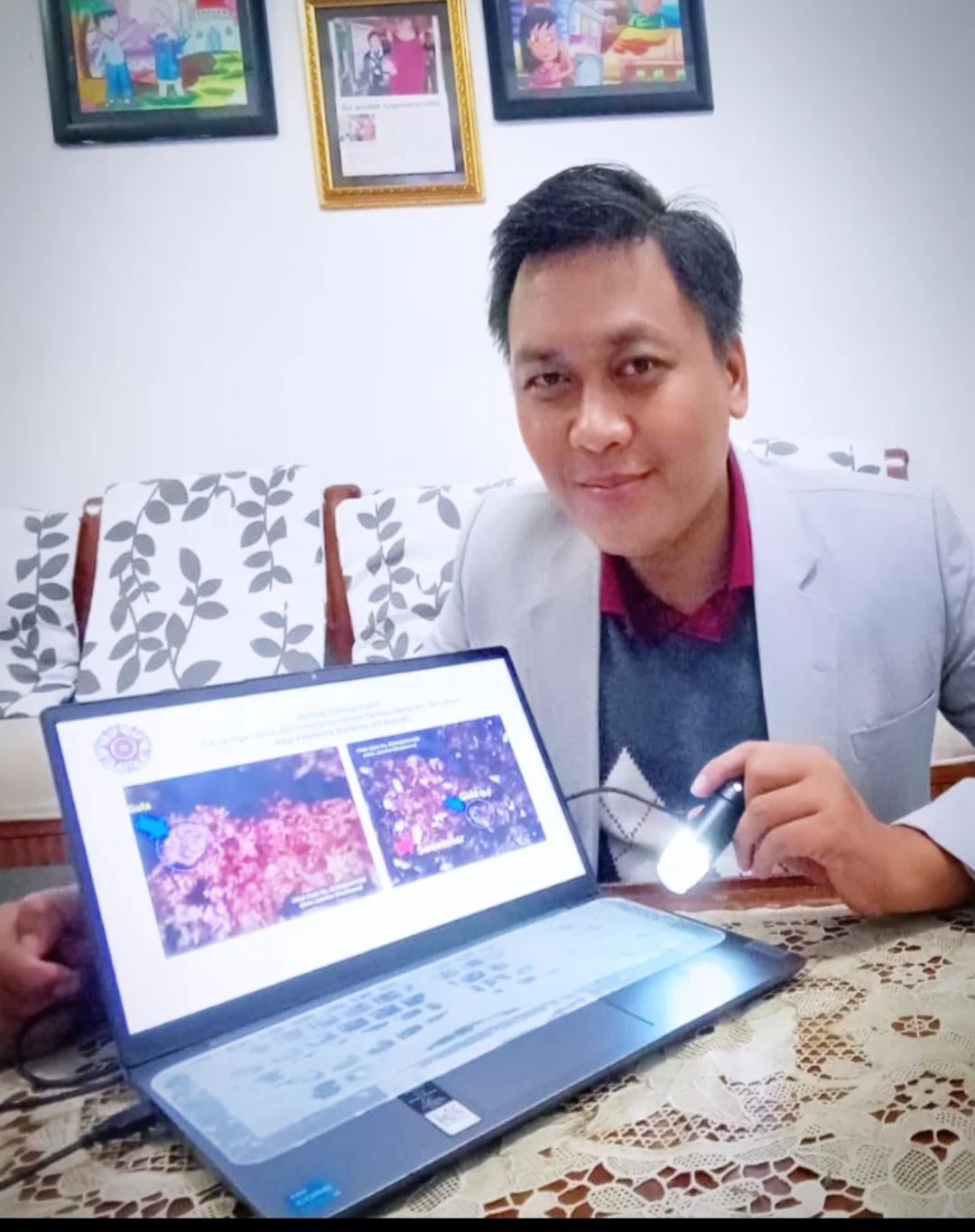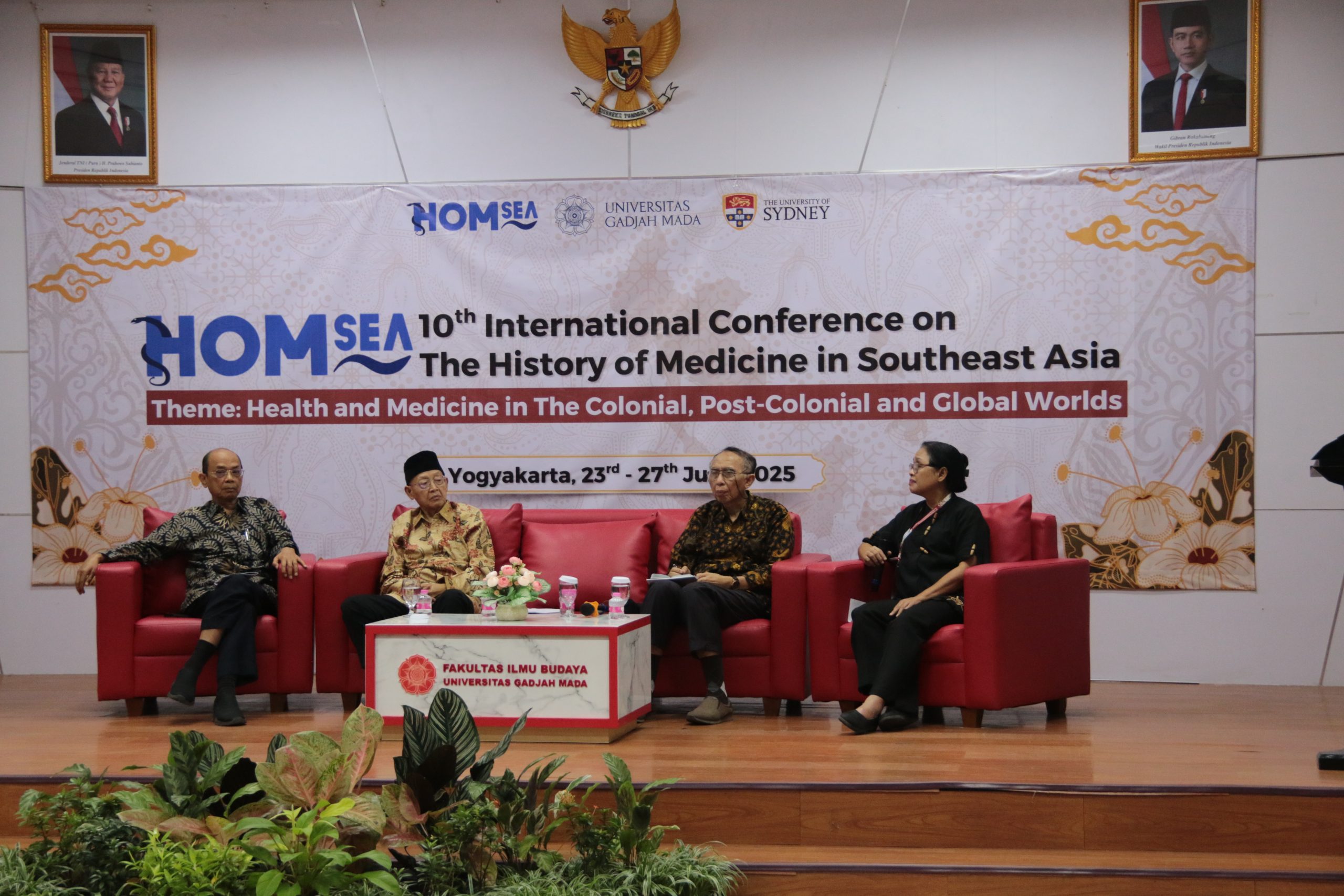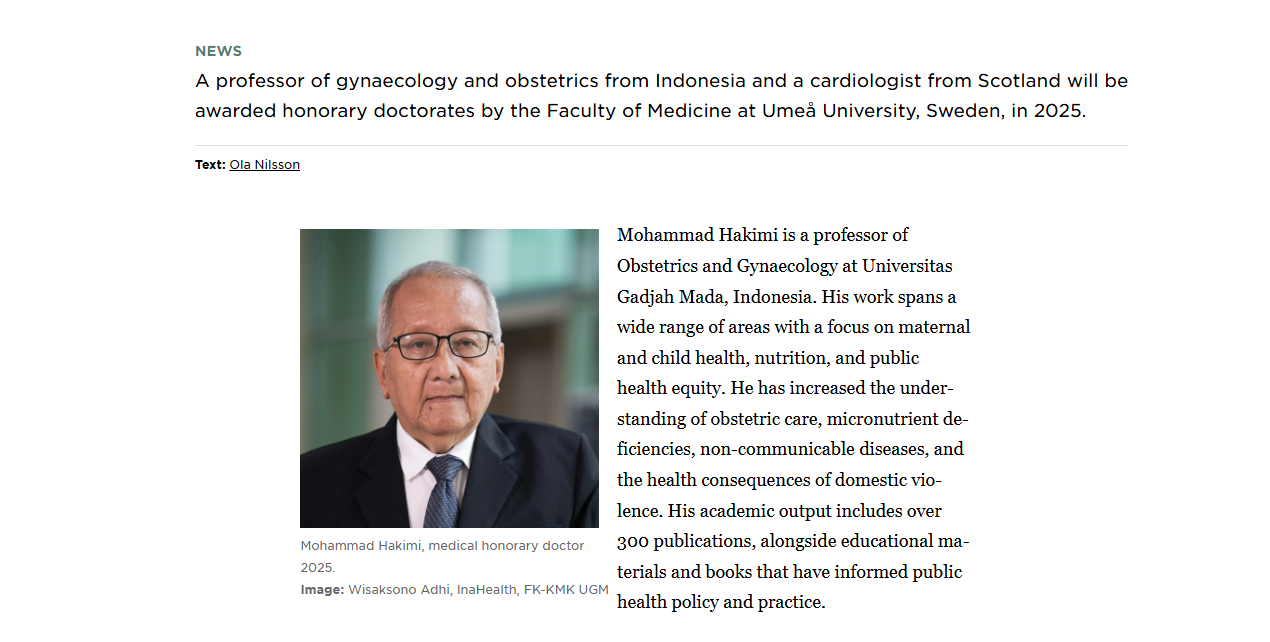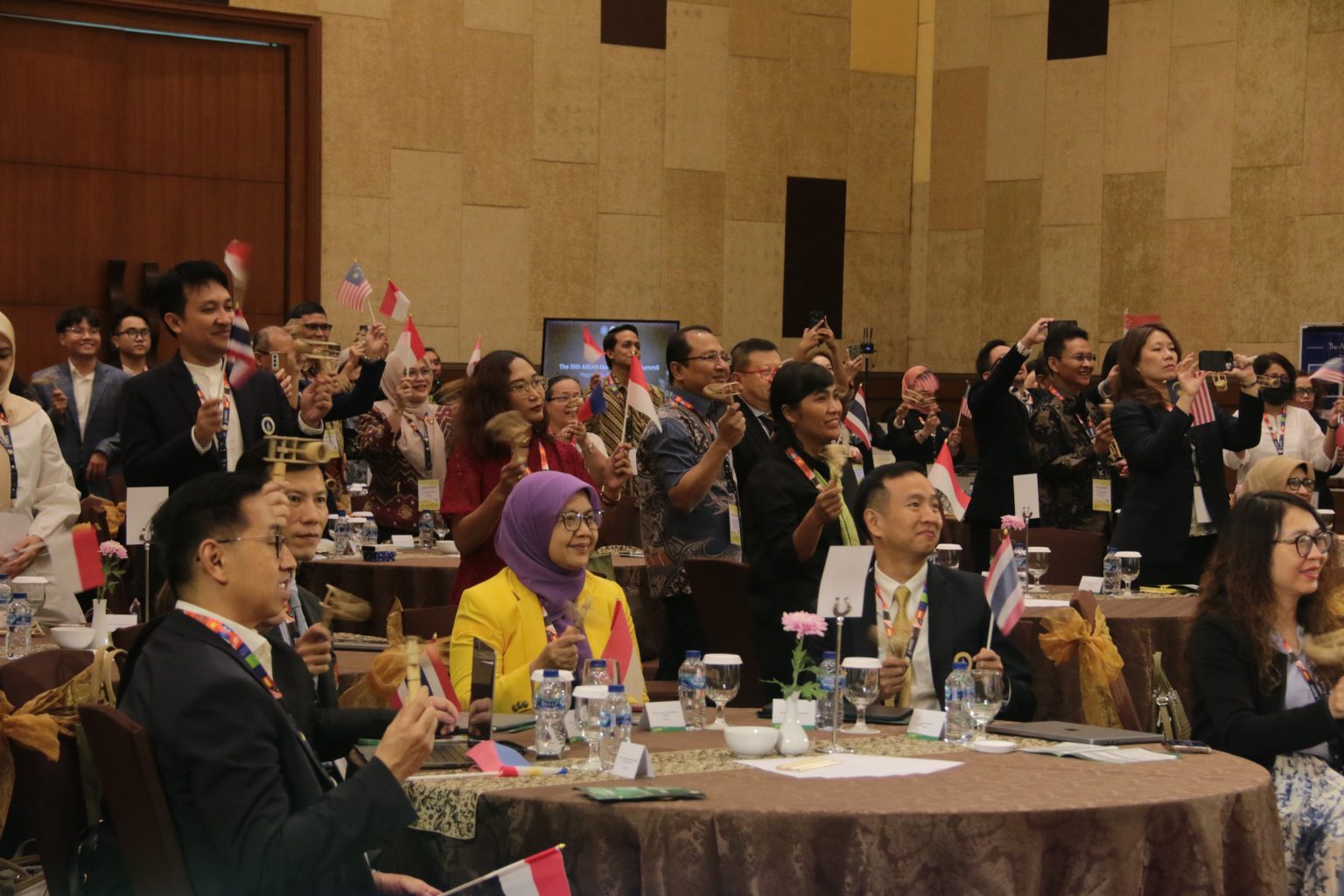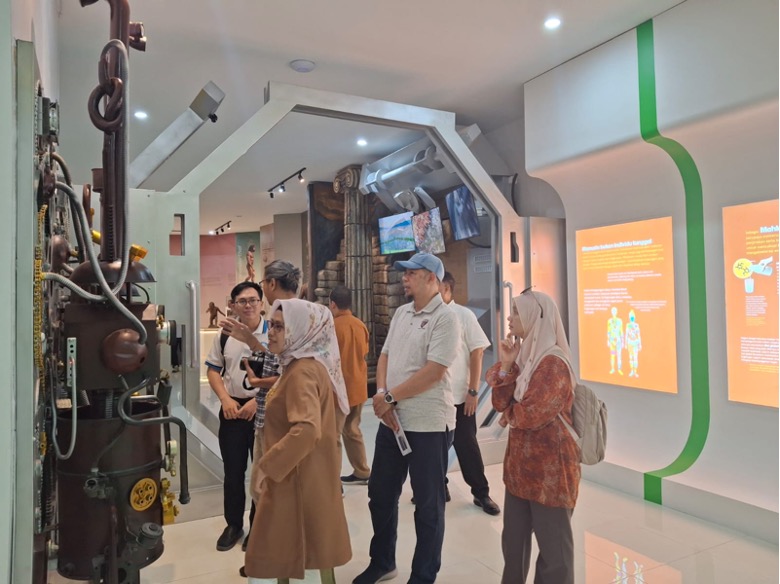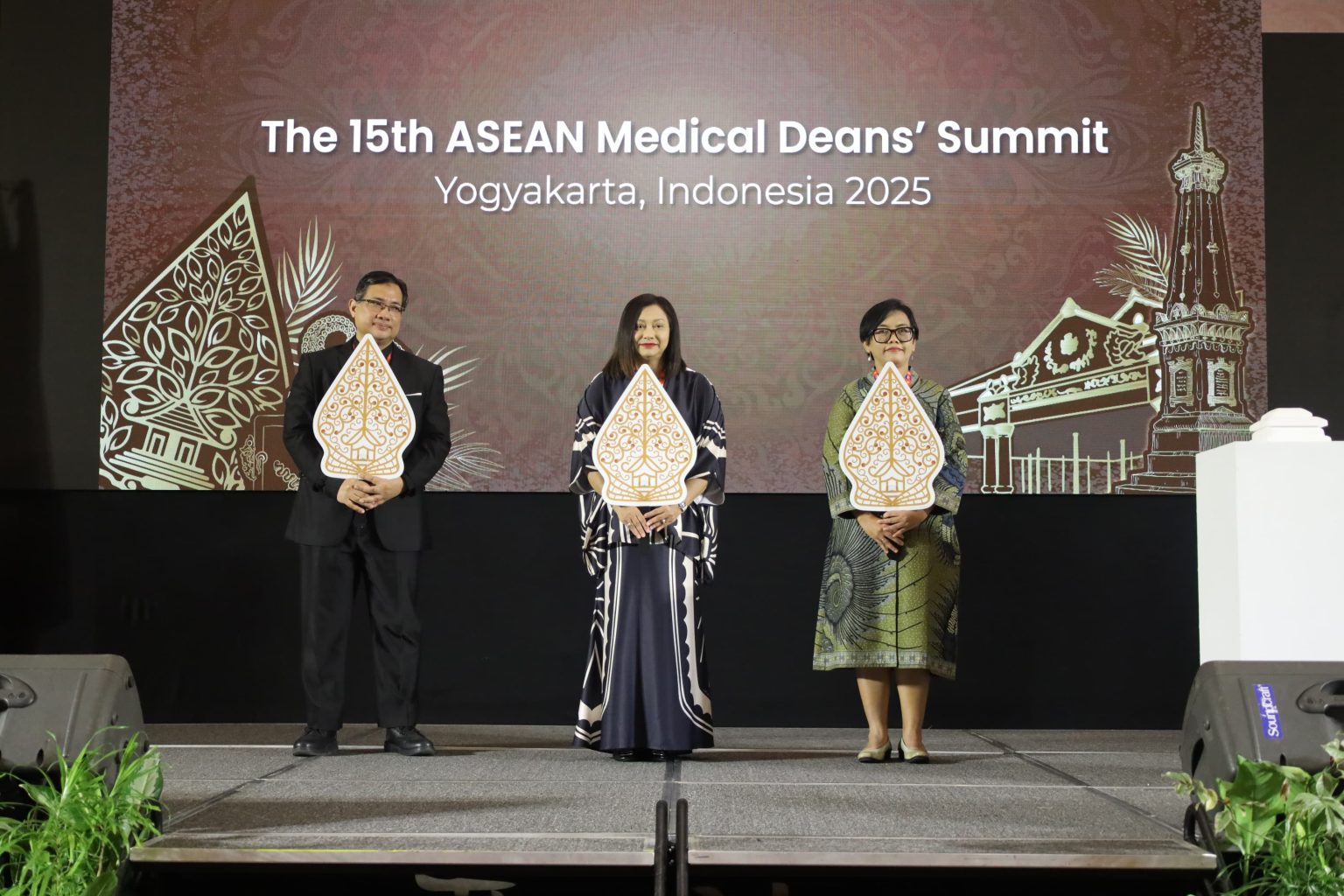FK-KMK UGM. The rapid increase in the number of diabetes patients in Indonesia has become a serious concern. Diabetes is now the third most deadly disease, after stroke and heart disease, affecting around 10 million people.
This alarming trend has caught the attention of health experts and researchers. Diabetes is not only prevalent among the elderly but also increasingly affects younger populations. This rise is attributed to high sugar consumption, instant foods, junk food, and a lack of physical activity.
Dr. rer. nat. apt. Arko Jatmiko Wicaksono, M.Sc., a researcher at the Center for Herbal Medicine and a lecturer at the Department of Pharmacology and Therapy, Faculty of Medicine, Public Health, and Nursing at Universitas Gadjah Mada (FK-KMK UGM), was inspired to address this issue.
Through his invention titled “A-Small-Portable Digital Microscope to Detect Sugar Content in Herbal and Beverages Powder for Diabetic Patients (Home Applied),” Arko initiated a quick method to detect sugar and artificial sweetener content in powdered foods and drinks for diabetic patients.
This invention was first announced on April 28, 2022, in Bangkok at the International Conference on Innovative Product Development in Thailand. It also received Intellectual Property Rights (IPR) from the Directorate General of Intellectual Property of the Ministry of Law and Human Rights of the Republic of Indonesia on April 18, 2024.
According to Arko, the daily calorie consumption limit for diabetes patients makes artificial sweeteners a popular alternative to sugar as they provide sweetness without adding calories to the body. However, detecting sugar content in powdered food or drinks is crucial.
Therefore, this method is designed to help diabetic patients identify sugar content in powdered drinks or foods, enabling them to limit consumption from an early stage.
In his findings, Arko only needed a set of mini digital microscopes to detect sugar and artificial sweetener crystals. This portable device can be easily carried and connected to a smartphone to identify the relevant crystals.
Additionally, this detection method is simple, easy, inexpensive, does not require sophisticated equipment, and is user-friendly for home application.
Arko believes this method is highly promising, aligning with the rapid advancements in technology and artificial intelligence in the current era.
This research aligns with the commitment to achieving the Sustainable Development Goals (SDGs), specifically Good Health and Well-being (SDG 3) and Industry, Innovation, and Infrastructure (SDG 9). (Contributor – Dr. rer. nat. apt. Arko Jatmiko Wicaksono, M.Sc./Editor – Isroq Adi Subakti

